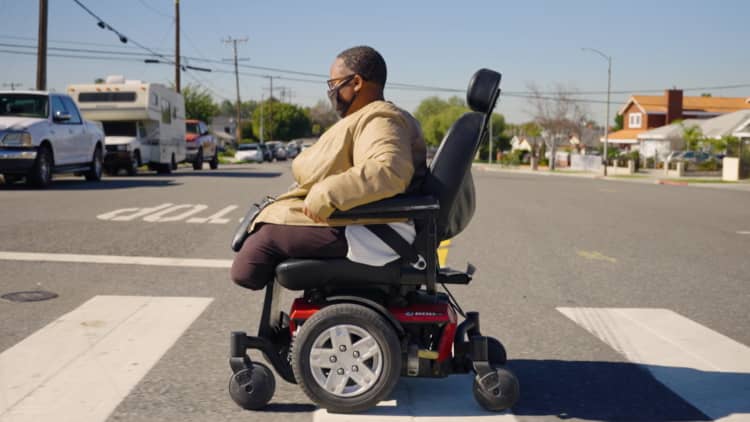The amount of student loans in default dropped by three percentage points from the third to fourth quarters of 2022, according to new data from the Federal Reserve Bank of New York.
To put that into perspective: $34 billion in defaulted loans were marked current at the end of 2022, the Fed reports.
The change wasn't due to a sudden influx of borrowers rehabilitating their loans, but rather the beginning of President Joe Biden's "Fresh Start" initiative. The program, announced last April, aims to give struggling borrowers a sort of "do-over" to better manage their loans.
While the initiative won't necessarily change the balances or payments on previously defaulted loans, it will allow those borrowers a chance to seek relief that could have helped them stay out of default in the first place.
Here's how the Fresh Start program works and how borrowers can take advantage.
An easier path back to repayment
When you enroll in the Fresh Start program, your loans become "current" again, giving you access to student loan forgiveness and repayment programs. Record of the default will be removed from your credit report, and the Fresh Start doesn't count as a rehabilitation, which means if you default on your loans again, you'll still have the ability to rehabilitate them.
Student loan borrowers often default on their loans because they can't afford their monthly payments. But the Biden administration has highlighted that many borrowers could have avoided default by lowering those to as little as $0 through income-driven repayment plans. With the Fresh Start, they get another chance to do so.
When it announced the initiative last spring, the administration said 7.5 million borrowers stood to benefit, many of whom were Pell Grant recipients or first-generation college students.
The Fresh Start isn't automatic, though. Borrowers can visit myeddebt.ed.gov or call 1-800-621-3115 to see if their loans qualify and enroll in the program. Most borrowers will be required to make long-term payment arrangements, according to a Department of Education fact sheet.
What happens to student loans in default?
Federal student loans generally go into default when a borrower misses payments for over 270 days. ED outlines a number of serious consequences of defaulting on your loans, including the entire balance of your debt becoming due immediately, the default reported to credit bureaus which can greatly damage your credit score, and the possibility of having your wages garnished.
Though the pandemic payment pause halted wage garnishments, along with some of these other actions, the pause is slated to end on or around June 30. Borrowers who have loans in default have until one year after the end of the payment pause to enroll in the Fresh Start program and avoid these outcomes.
Prior to Fresh Start, if you defaulted on your student loans you could either pay the balance in full or get out of default through rehabilitation or consolidation. Both options allow borrowers to become eligible for benefits such as deferment, forbearance or loan repayment programs.
Rehabilitation takes longer than consolidation, according to ED, but removes the default from your credit history. Borrowers are only allowed to rehabilitate their loans once, unless they did so during the pandemic payment pause.
You can consolidate your loans into a single Direct Consolidation Loan to get out of default faster, but the default will stay on your credit history. On the upside, consolidating through ED is free and can simplify your repayment by giving you a single loan servicer, monthly payment and interest rate.
However, any unpaid interest on your previous loans gets added to the principal balance of your newly consolidated loan. Your interest rate will be a weighted average of the rates on the previous loans.
Get CNBC's free Warren Buffett Guide to Investing, which distills the billionaire's No. 1 best piece of advice for regular investors, do's and don'ts, and three key investing principles into a clear and simple guidebook.
Don't miss: 53% of student loan borrowers say their financial stability relies on debt forgiveness



